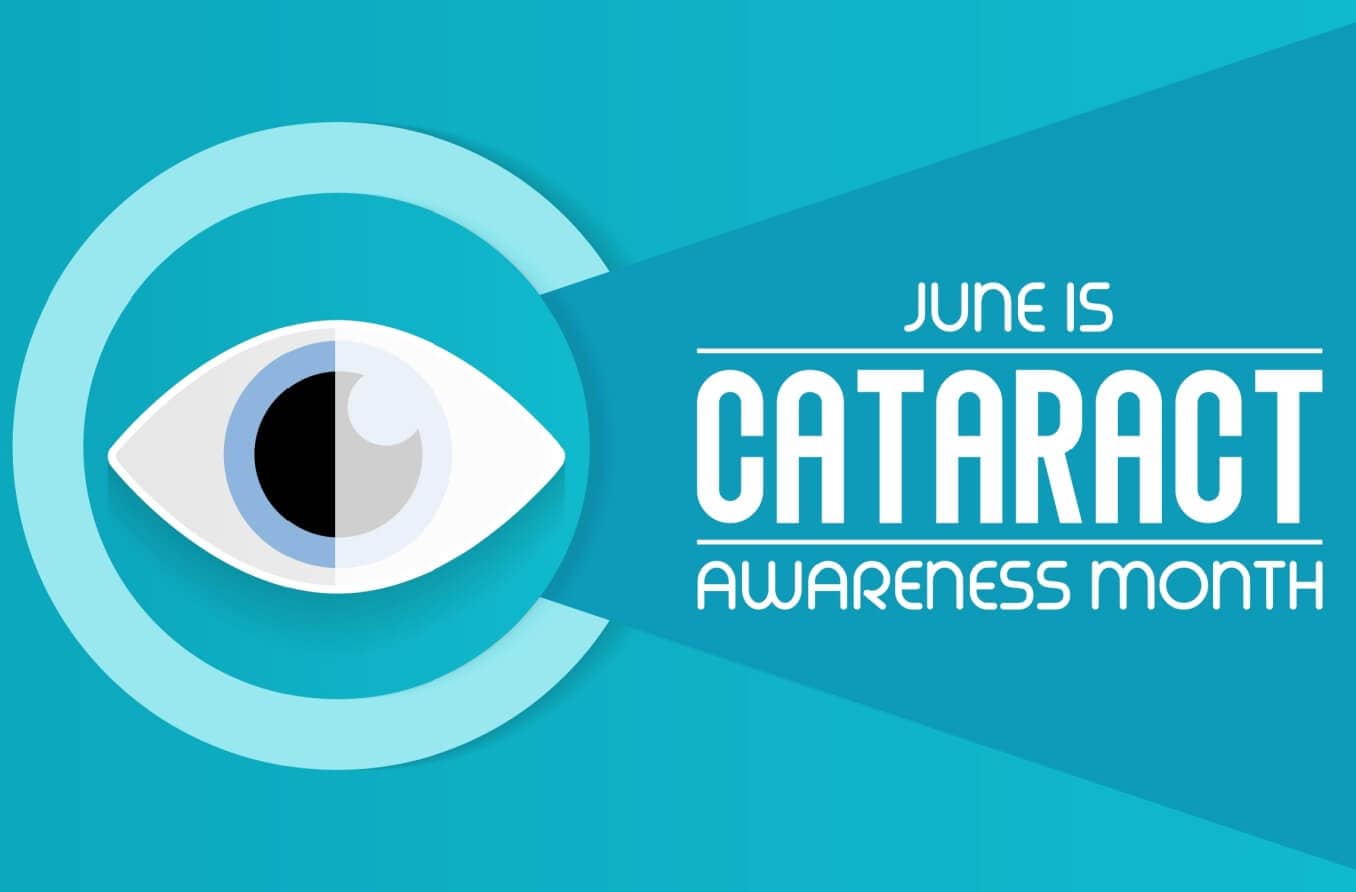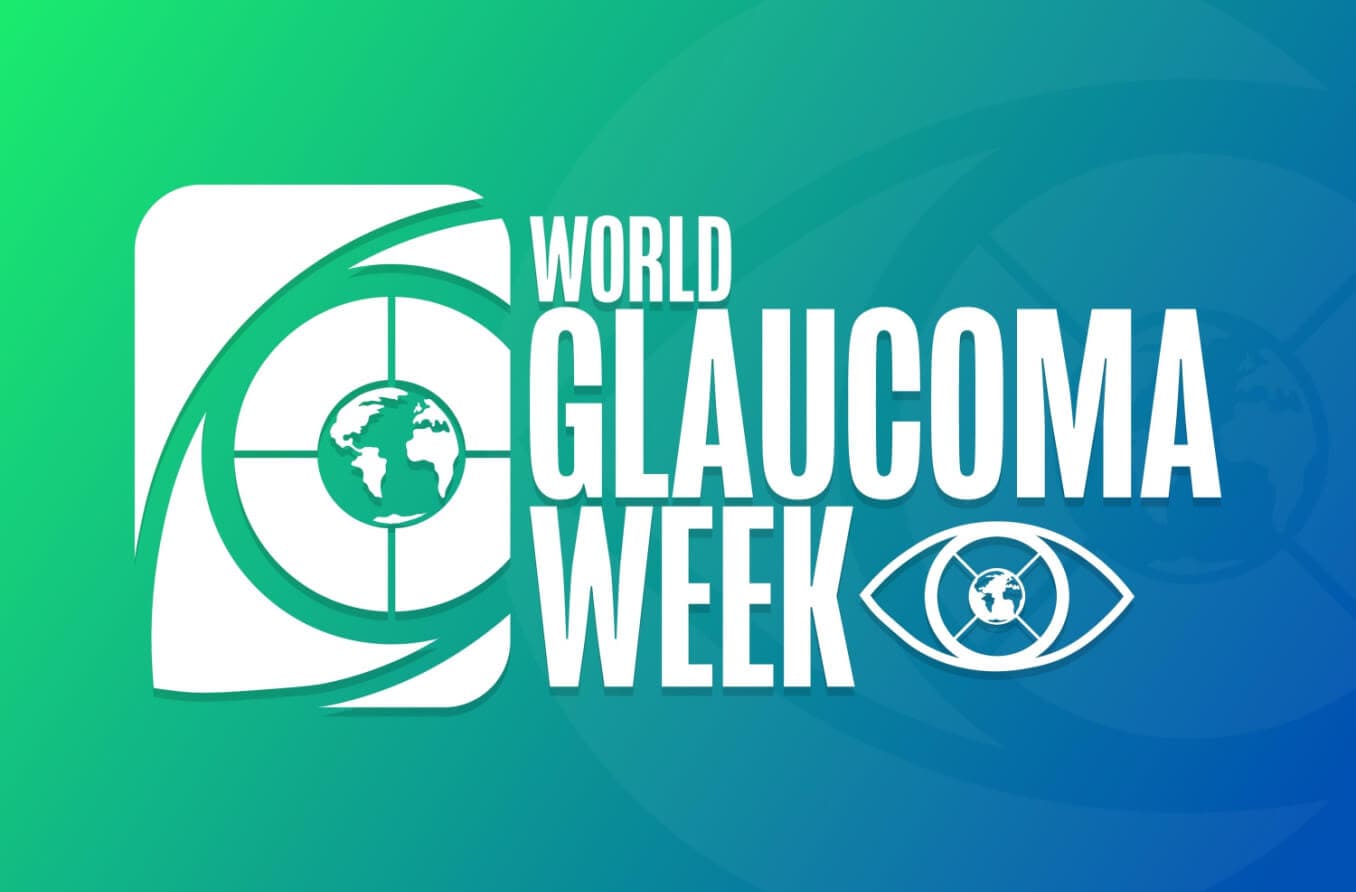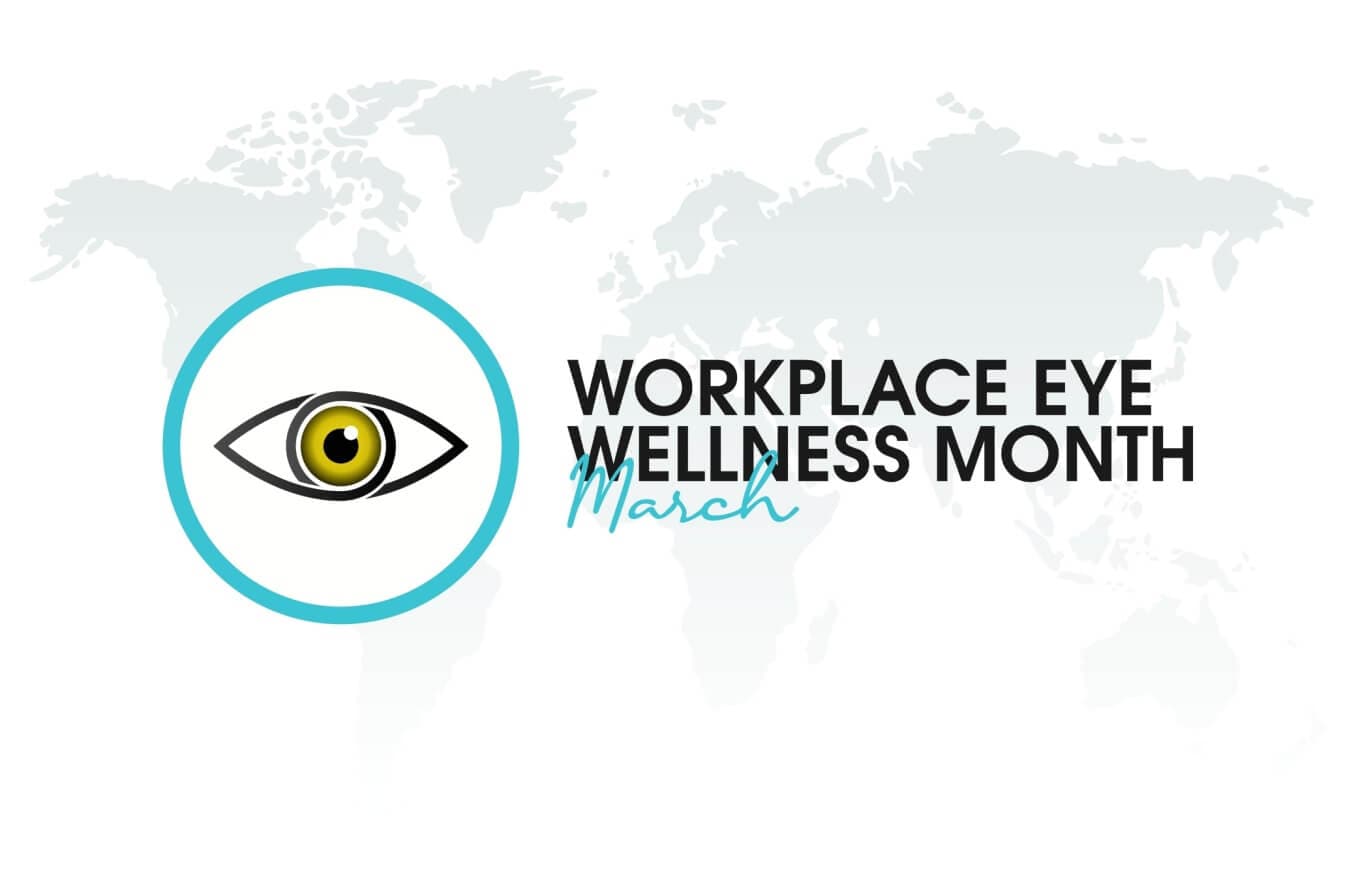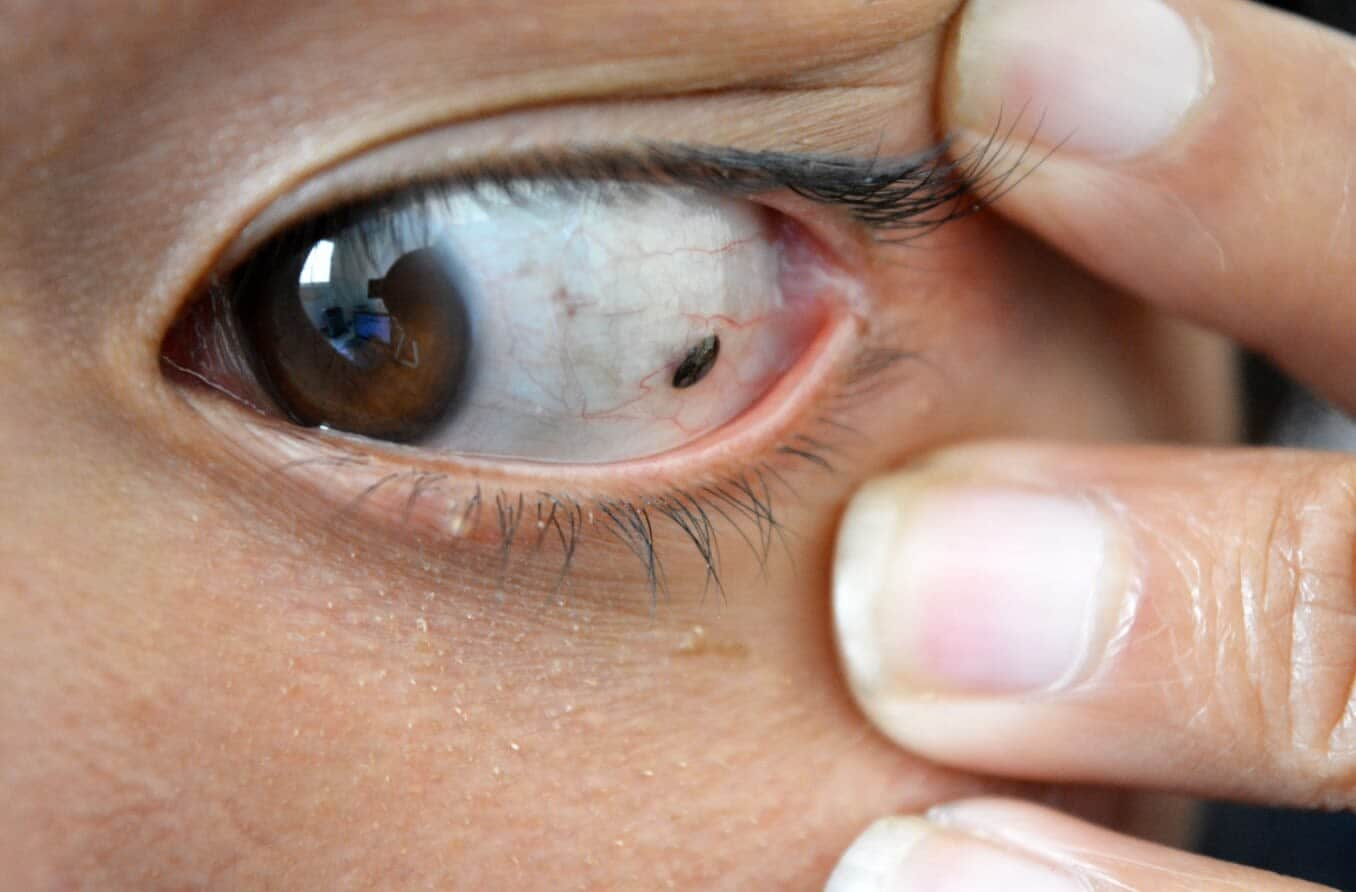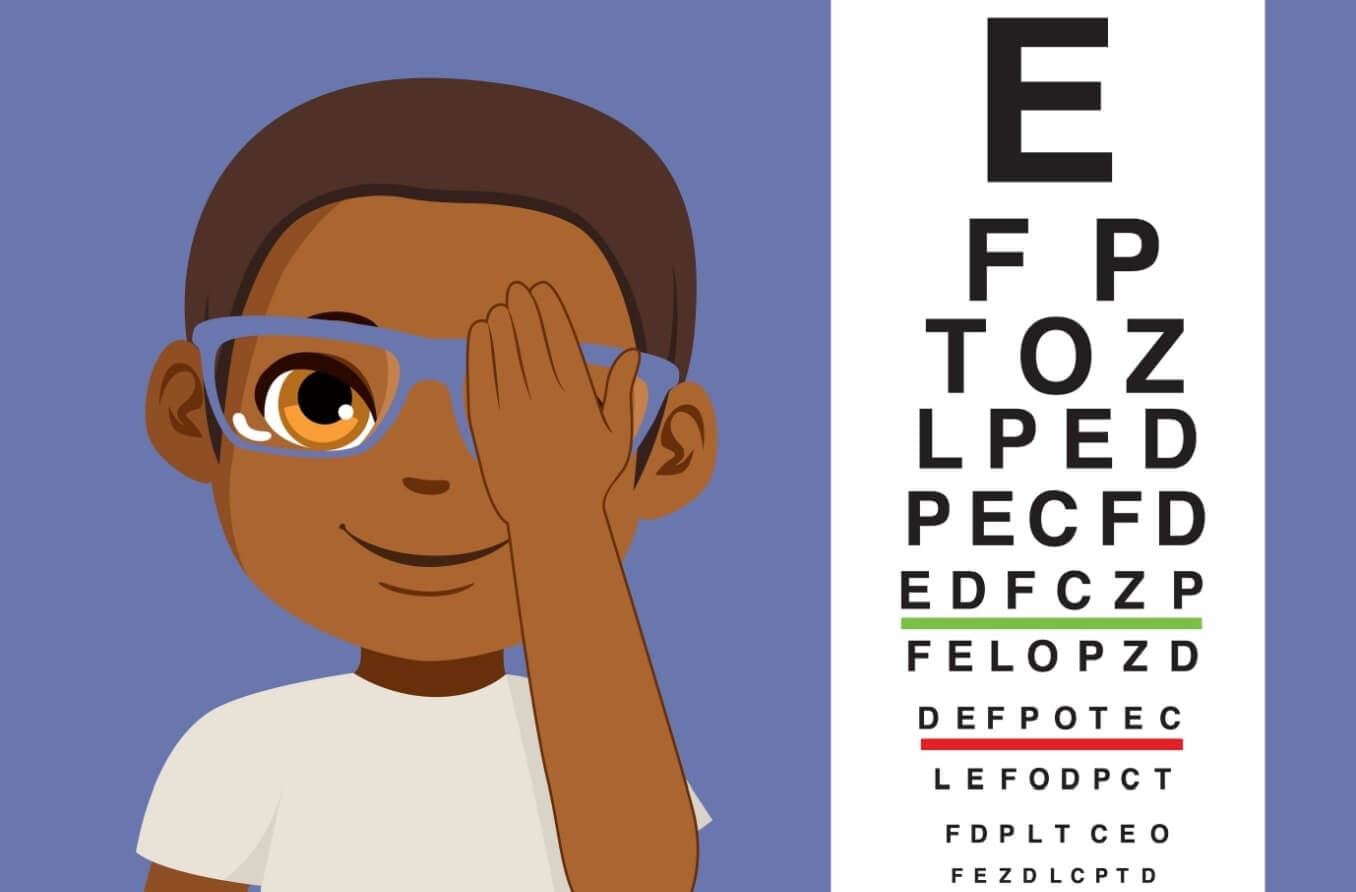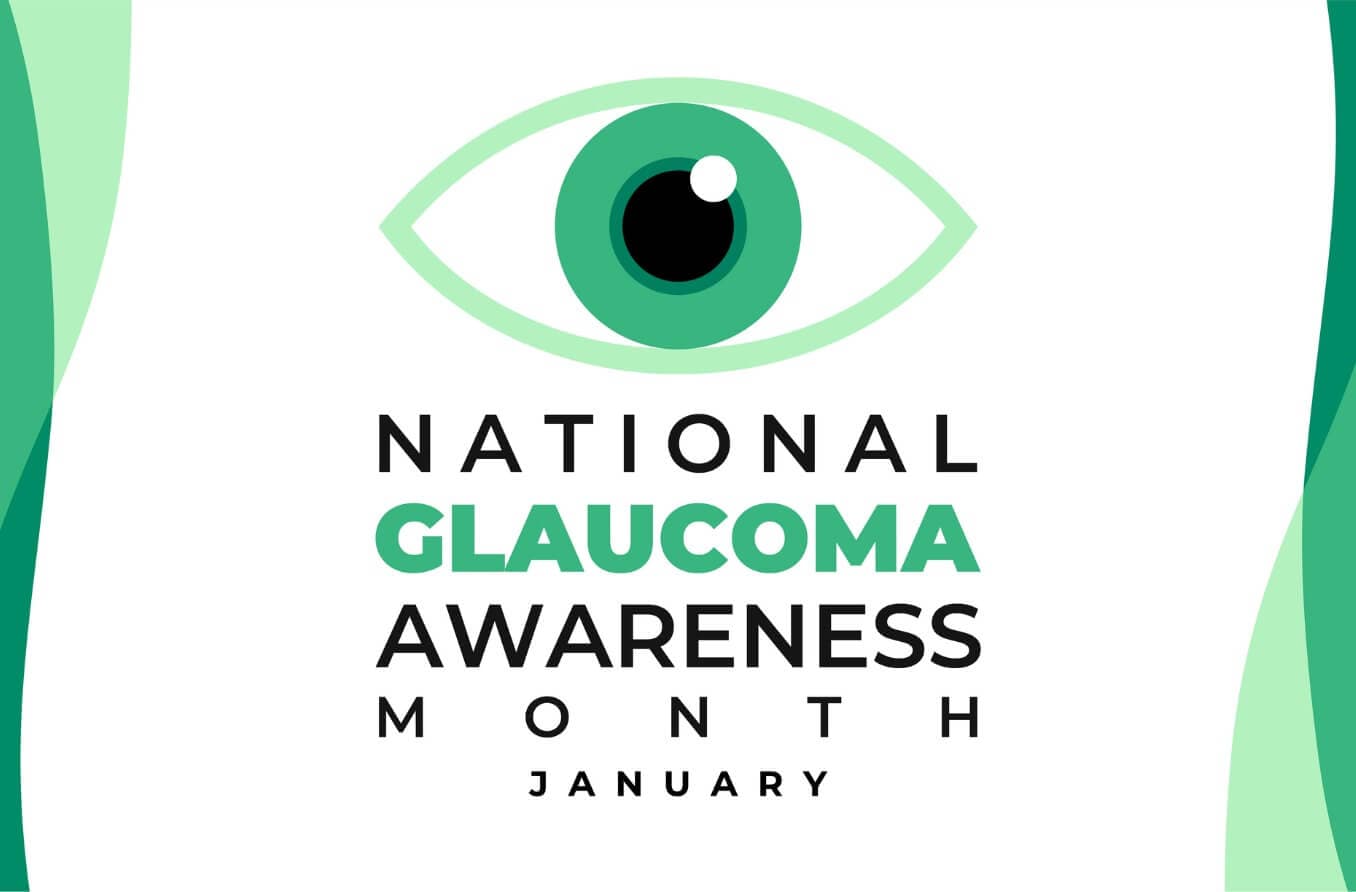History of Cataract Awareness Month
Cataracts are one of the leading causes of blindness and vision impairment in the world. Cataract Awareness Month was established to raise awareness about the condition’s massive global impact.
Prevent Blindness, a U.S.-based nonprofit, has declared June as Cataract Awareness Month for more than a decade with a goal of educating the public about cataracts and the importance of eye exams. Each year, the organization encourages people to learn about the symptoms, risk factors and treatment options associated with cataracts.
Additionally, Prevent Blindness provides a financial assistance program directory for people who need help paying for eye care.
Read on to learn more about cataracts and how you can observe Cataract Awareness Month. Additional resources can be found below as well.
What are cataracts?
A cataract is a clouding of the eye’s natural lens. Cataracts occur when the proteins in the lens break down over time and form clumps that can affect your sight.
Cataract symptoms can include:
Hazy or cloudy vision
Seeing normally bright colors as dull or faded
Seeing glare and halos around lights at night
Lights at night appearing extremely bright
Some people describe the condition as looking through a dusty window.
There are multiple types of cataracts, and the main method of treatment for each type is cataract surgery.
READ MORE: Traumatic cataracts: Causes, symptoms and treatment
Cataract risk factors
The majority of cataracts occur as part of the natural aging process. As you get older, your risk of developing cataracts increases. Most Americans will have had cataracts and/or cataract surgery by age 80.
But older age isn’t the only thing that can put you at risk. The following risk factors can also increase your likelihood of developing cataracts:
Diabetes
Family history of cataracts
Exposure to radiation via chemotherapy
Steroid use
Certain eye diseases, including uveitis and retinitis pigmentosa
Eye surgery
Eye trauma
Be sure to let your eye doctor know if you have any of these risk factors at your next appointment. It’s important for your doctor to understand your medical background so they can provide you with the best possible care.
Can you prevent cataracts?
Since they occur naturally as you age, there’s no sure way to prevent cataracts. But you can do certain things to lower your risk of developing them. You should:
Wear sunglasses with 100% UVA/UVB protection
Avoid or quit smoking
Attend routine eye exams
You should always inform your eye doctor of any changes in your vision, even if you think they may be insignificant. Sometimes, even the smallest shift can indicate a problem.
Cataract treatment
While it may not be possible to prevent cataracts, they can be treated — and vision restored — with cataract surgery.
Cataract surgery is a quick, safe and effective surgery in which an ophthalmologist removes the clouded lens and replaces it with a clear artificial lens or lens implant. Modern lens implants can now correct reading vision along with distance vision using trifocal and bifocal lens implants.
You’re typically awake for the surgery, but your eye will be numbed so it should be painless. You go home the same day with a special shield and sunglasses to protect your eye through the healing process. Vision will be blurry while your eye heals, though it should become clear within a few days or weeks.
Honoring Cataract Awareness Month
Cataracts affect thousands of people around the world. You may have a close friend or loved one who has cataracts, or you could be at risk of developing them yourself.
Here are a few things you can do to observe Cataract Awareness Month:
Educate yourself about cataracts through online and expert resources.
Schedule a comprehensive eye exam to ensure your eyes and vision are in good health.
Talk to your eye doctor about cataracts and ask if you might be at risk of developing the condition.
Donate to charities or organizations that support cataract awareness.
Participate in charity runs and other awareness events.
AAV resources for Cataract Awareness Month
Educating yourself about cataracts is not only a great way to acknowledge Cataract Awareness Month; it’s an important part of caring for your personal eye health. All About Vision (AAV) has resources to help you learn more about cataracts and get answers to frequently asked questions .
Never hesitate to reach out to your eye doctor if you notice any changes in your vision or eye health. Maintaining routine checkups is crucial to cataract prevention and taking high-level care for your eyes.
